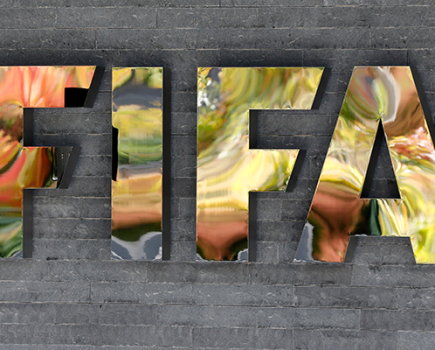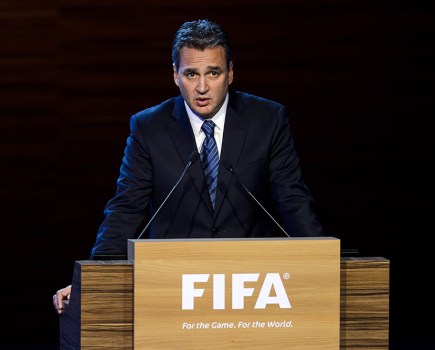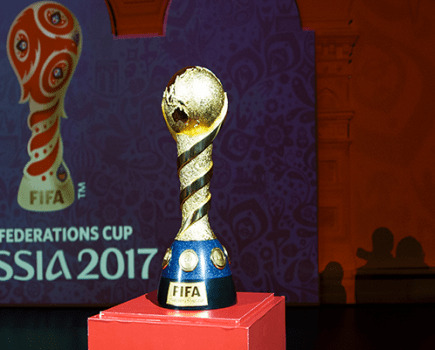 South Africa’s legacy from the 2010 World Cup finals has evolved into not merely an assessment about the development of infrastructure and sporting opportunity but into political point-scoring.
South Africa’s legacy from the 2010 World Cup finals has evolved into not merely an assessment about the development of infrastructure and sporting opportunity but into political point-scoring.
The starting point was a complaint by Alan Winde, a Democratic Alliance Minister in Western Cape, that sports officials and governing politicians – from the ANC, of course – had allowed themselves to be taken for a financial ride over the tournament.
Winde’s whinge was aired on BBC Radio Five and rebutted by both FIFA and the South African Football Association though the latter’s Robin Petersen did concede that his organisation had been slow to seize the promotional opportunities presented by the World Cup.
That tardiness is reflected in the fact that only one of the five Football For Hope centres promised by FIFA had been created in South Africa – in Khayelitsha, Cape Town – while five others have already been launched in Ghana, Kenya, Lesotho, Mali, Namibia and Rwanda.
FIFA’s project envisaged 20 such centres throughout Africa as a legacy to the youth of the continent from the 2010 World Cup.
Khayelitsha was opened on December 5, 2009, with expectations, according to FIFA president Sepp Blatter at the time, of a World Cup legacy of new stadia, hotels, sports grounds, telecoms infrastructure and security systems.
Blatter was accompanied on the day by a VIP parade including Western Cape Premier Helen Zille, World Cup organising ceo Danny Jordaan, South African Football Association president Kirsten Nematandani, Cape Town Mayor Dan Plato, Football for Hope ambassador Dr Gabriele Princess Inaara the Begum Aga Khan and former Bafana Bafana captain Lucas Radebe.
Khayelitsha remains the only such complex up and running in South Africa and in a region where resentment has long festered over whether Cape Town’s Green Park World Cup Stadium should have been built in the first place.
The stadium remains a white elephant largely because, as many had feared, rugby has remained faithful to its traditional Newlands home.
Winde, with an eye on the cash drain in his role as Minister of Finance, Economic Development and Tourism for Western Cape, said: “I have a feeling that when these big events are motivated they play down the costs so eventually you are so committed you can’t get out of it.”
He said that Green Park was costing £60,000-a-week to maintain and still lacked a long-term tenant.
Winde added: “It’s a debt falling directly on the rate payers of the city. Its something we have been working on. We need to get that host team. We need to get rugby committed and make sure the programme of partners gets fleshed out. The odd concert and odd game are not good enough.”
FIFA made a surplus of £1.5bn from the World Cup and, according to the BBC report, handed over £70m for legacy projects of which only £33m had been claimed thus far.
Winde, a businessman who took up his governmental post shortly after the Democratic Alliance came to power in 2009, added: “We’ve got to make sure these lessons are passed on to [2014 World Cup hosts] Brazil so they can negotiate very tough agreements in their favour with FIFA before it’s too late.
“Host countries have got to make sure you have a really tough [negotiating] team and you really understand the rules of this game which are about either big profits or big losses and you must go into these discussions with your eyes wide open.”
World Cup defender Matthew Booth said: “I think SAFA missed a fantastic opportunity to broaden the number of people playing football in this country.
“People who followed the national team avidly were expecting much more from this, they were expecting a knock-on effect, they were expecting kids to get better opportunities at grassroots level and I’m sure there are a lot of disappointed people two years down the line.”
Federico Addiechi, FIFA’s head of corporate social responsibility, responded to Winde’s whinge by saying: “The whole continent knew what the World Cup entailed. The reality is that the World Cup is a very well-known event.
“There are no secrets about what it costs and what it entails . . . the World Cup was not a surprise for South Africa and FIFA invested billions of dollars in the organisation of the World Cup in South Africa.
“The opportunities for the host country are to be taken seriously by the people in the country to make the most of the World Cup.”
That meant that it was not enough for South African politicians and sports officials to sit on their hands and wait for the all the largesse to come pouring in, they were expected to take the step forward themselves.
World Cup hosts were responsible for choosing stadia sites and whether they factored in a sustainability potential or just answered political expediency was their own business.
Addiechi added: “FIFA does not ask for certain stadia. We expect the hosts to have a plan to manage these stadia in the futue. It is not up to FIFA to control how public money is spent.”
Robin Petersen, former chief executive of SAFA and now its development director, described Winde’s criticisms as “a tremendous over-statement” though he did acknowledge a lack of urgency in capitalising on the World Cup in terms of football development.
However, he described the legacy factor as “fantastic.”
He said: “It was clear from the beginning that the event would cost the country a significant amount of money . . . The stadia are only a small part of the legacy which includes massively improved road and rail links in a transport infrastructure which was fast-tracked for the World Cup and has made life and business much easier for the next generation.
“We staged the World Cup in the middle of the greatest economic recession the world has seen since the 1930s and the fact that we held the World Cup . . . it helped the country to continue to grow during that time.”
By Keir Radnedge






